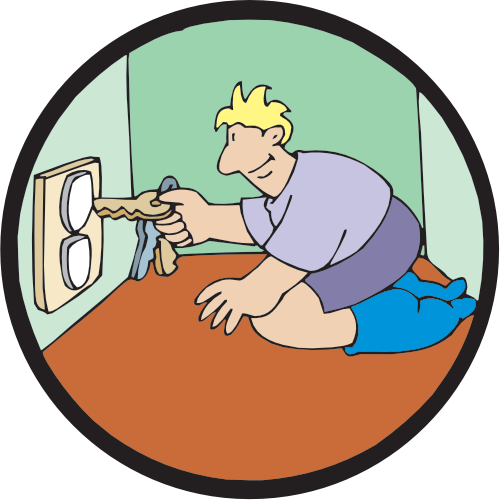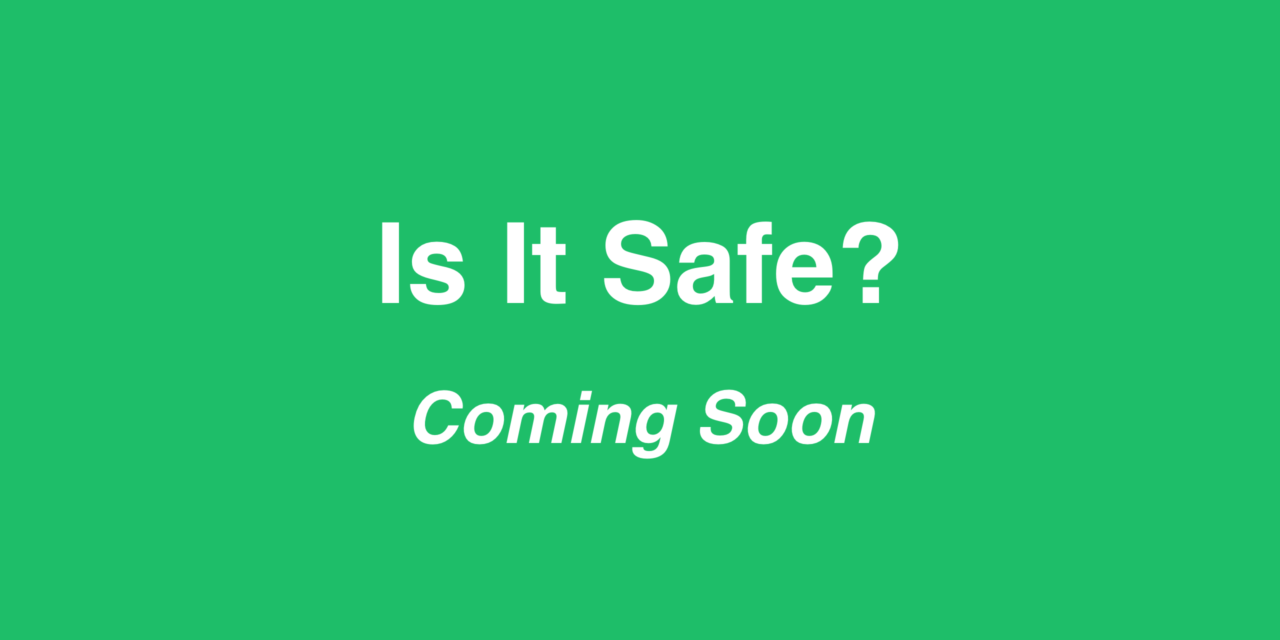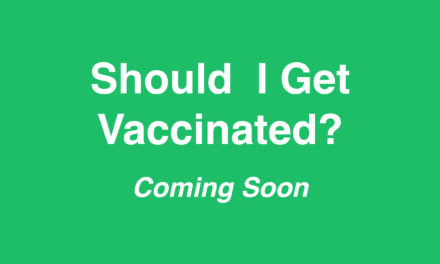There are many situations in life where we have to ask ourselves if something is safe. Most recently, of course, we’ve had a lot of examples related to this COVID-19 pandemic. Is the vaccine safe? Is it safe to stop wearing masks? Getting easy-to-understand answers to these questions can be maddening.
Even if we do find answers, they’re often in the form of statistics, such as the odds of something happening if you do this is one in three million. Is that a lot? Should I be worried about that? Can I just ignore it?
Evaluating “Safe”

Fortunately, there are simple techniques you can use to help figure out what this data means for you. For one thing, it’s important to know a few simple examples of risks that we take everyday. That way, we know what level of risk we’re already tolerating regularly. You can then decide whether to worry about a specific risk based on whether it’s more risky or less risky than things you already do, such as driving a car.
Collective Risk
There’s also collective risk. As explored in The Freedom Con, sometimes the things that you decide to do as an individual can have a profound effect on the safety of a lot of other people around you.
The Emotional Component
Even after becoming familiar with easily evaluating risks, you’ll find that there’s still one big problem to deal with: It’s one thing to know in your head what the risk means for you, and quite a separate thing for you emotionally.
An example of this was seen with the relaxation of COVID-19 mask mandates. Many people had been wearing masks for more than a year. To suddenly have the mask mandates end left many people feeling very uneasy even if it was safe to eliminate the mandates. Still, it’s better to be informed about the risk.
This video will explore these issues about safety and provide guidance for dealing with risks. Coming soon.
Status
This video is in the script writing stage..











Recent Comments